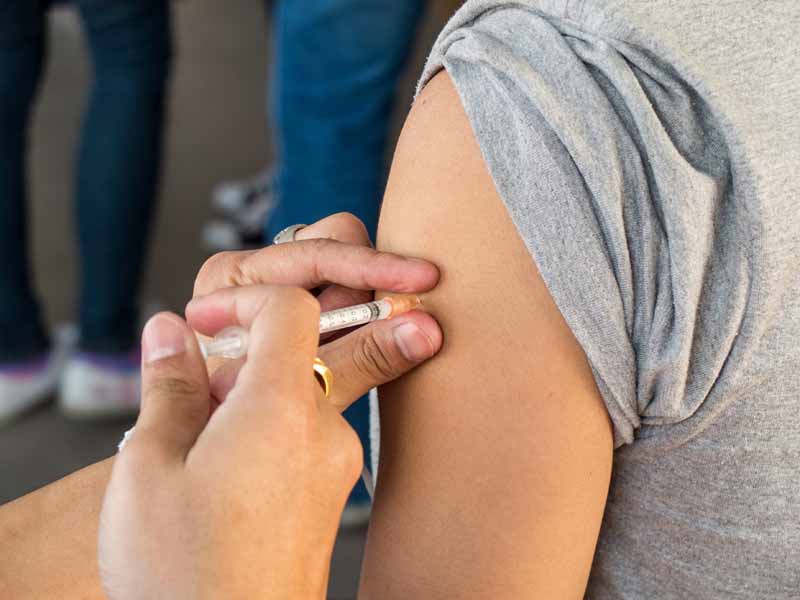AAFP Advises HHS on Boosting HPV Vaccination Rates
Enhance Education for Clinicians to Increase Coverage, Says Academy
June 18, 2018, 02:00 pm News Staff – On the lengthy list of objectives HHS outlined in its Healthy People 2020 initiative eight years ago, achieving an 80 percent vaccination coverage level of three doses of HPV vaccine among teen girls ages 13-15 still stands out for its ambition. In 2012, the rate was only about 28 percent.
The HPV vaccine, which the CDC and the AAFP now say should be routinely administered to all adolescents ages 11-12, is an effective safeguard against the infection that causes most cervical cancers, as well as other HPV-associated cancers and genital warts in both genders.
When the agency set the 2020 goal, the vaccine had been available for only a few years, and parents voiced skepticism about the need for its use -- a hindrance that has persisted in many cases. But in 2016, according to the CDC, 60 percent of teens ages 13-17 received one or more doses of the vaccine, an increase of 4 percentage points over the previous year.
Still, too many children are entering adulthood without this important protection, the AAFP recently told HHS.

"Despite overwhelming evidence of the safety and effectiveness of the HPV vaccine, vaccination rates remain low," the Academy wrote in its response to an HHS solicitation for comments. The call for input on the Human Papillomavirus Vaccination Implementation Work Group Draft Report and Draft Recommendations was published by the National Vaccine Program Office last month.
"We share HHS' goal of improving HPV coverage rates," the letter said. "The AAFP urges physicians to strongly recommend the HPV vaccine to their patients. The currently available HPV vaccine … protects against the most common HPV types, which cause 90 percent of cervical, vaginal, vulvar, anal and penile cancers. Additionally, this vaccine prevents HPV types that cause genital warts in both males and females."
Addressing a portion of the draft report regarding "the needs of providers in rural areas," the Academy's letter cautioned against the assumption that "all physicians already have a sound knowledge base" about when and how to recommend the vaccination. "We believe more HPV education and an increase in knowledge base regarding the vaccine and HPV-related cancers is necessary for physicians and health care professionals and should be offered in addition to the communication skills to recommend the vaccine," the letter advised.
The letter also called for administration of the HPV vaccine -- like all immunizations the Academy recommends -- to be included as a covered benefit by all public and private insurers without copayments or deductibles.
The draft report and its recommendations, along with input from the AAFP and other stakeholders, will be presented for adoption this month at the National Vaccination Advisory Committee's (NVAC) quarterly meeting.
More From AAFP
Policy on Immunizations